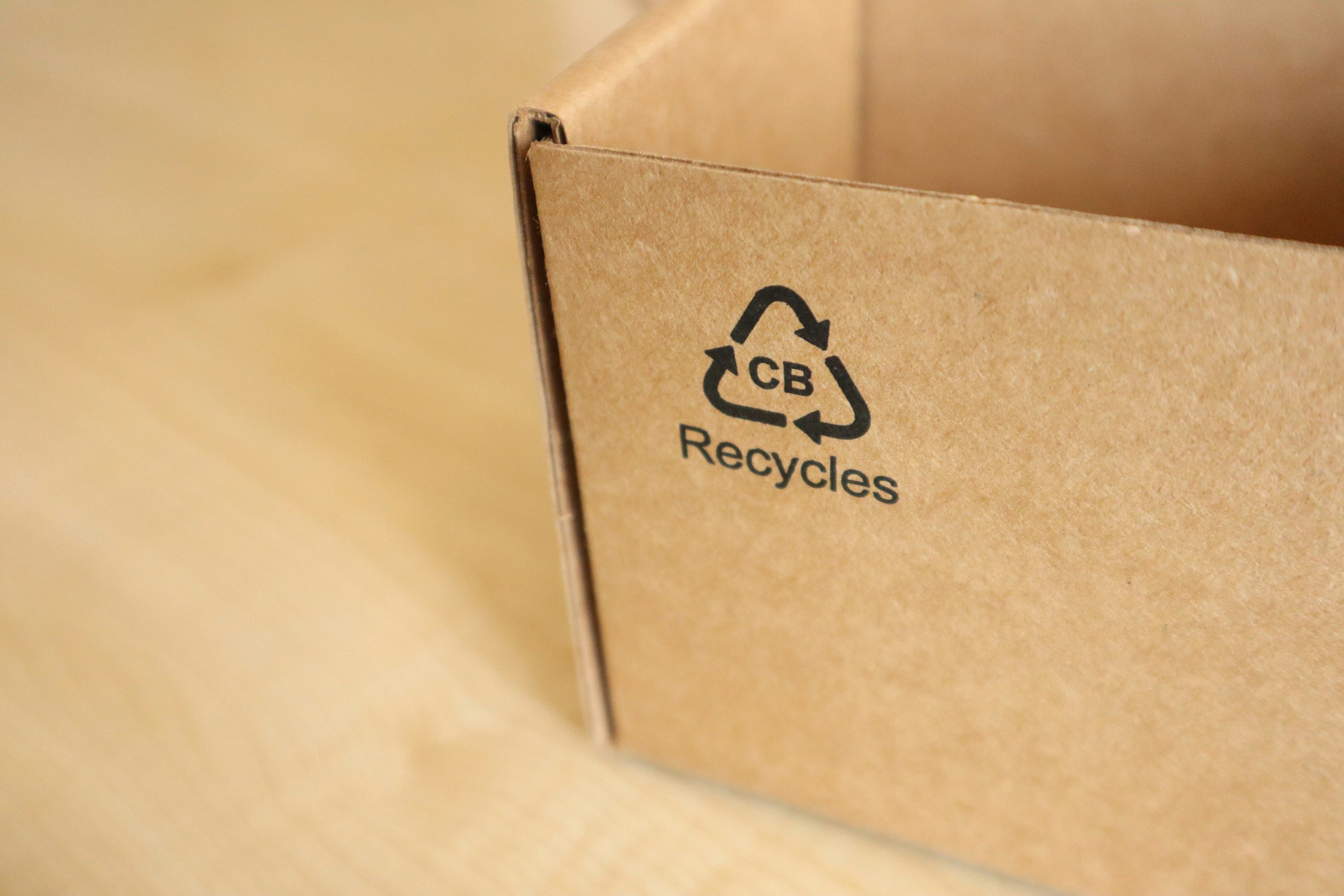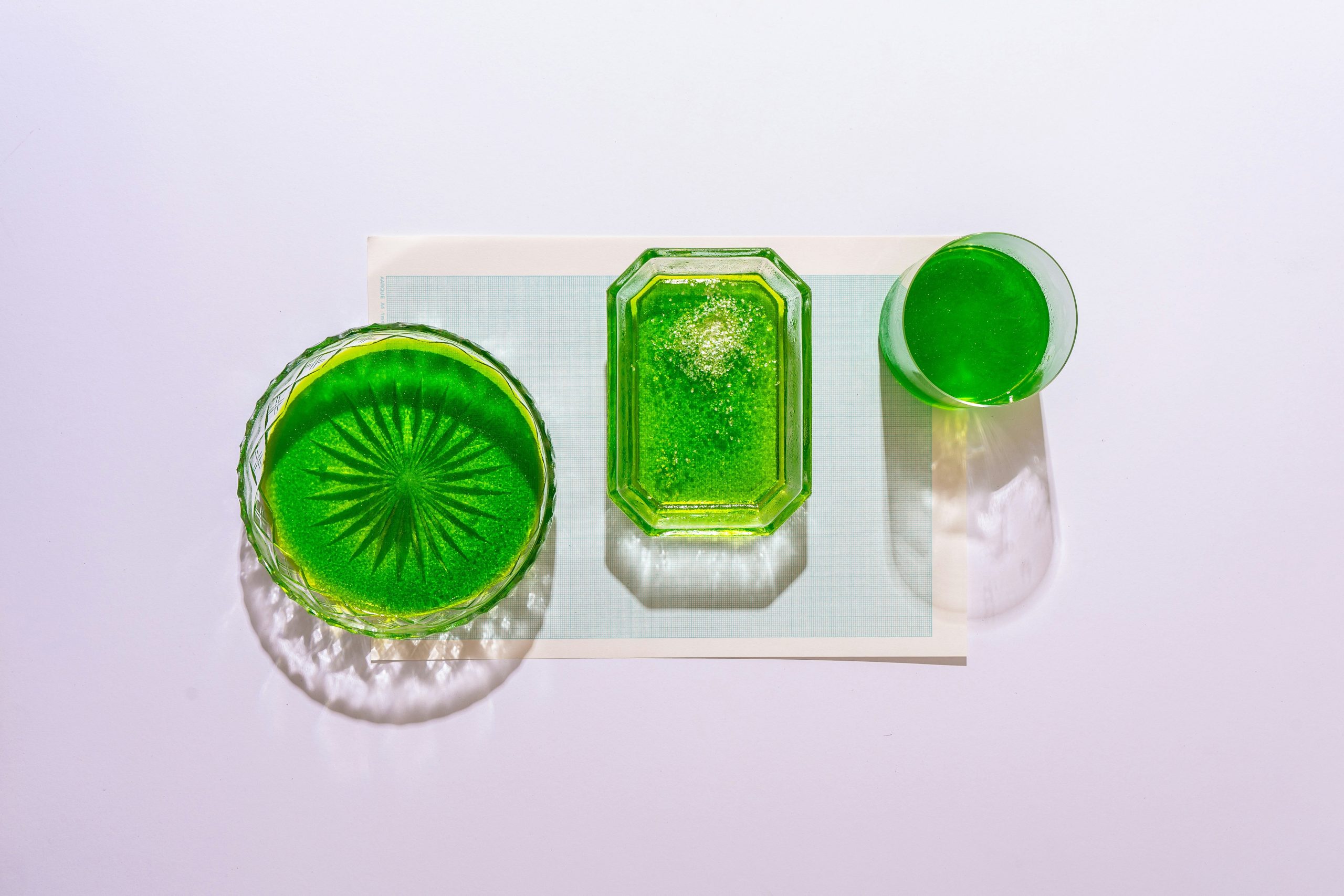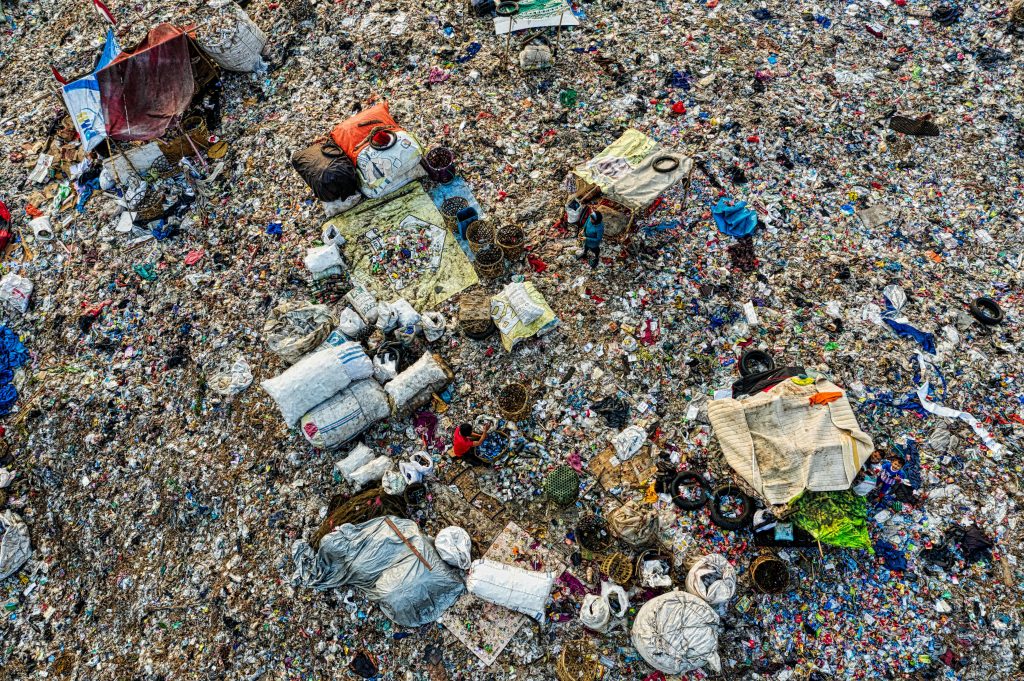Ever found yourself staring at your makeup bag, wondering why your “natural” products don’t feel so eco-friendly after all? Yeah, us too. The green beauty movement is booming, but let’s not sugarcoat it—navigating the world of natural makeup can be as confusing as deciphering a Gen Z TikTok trend. Between misleading labels and questionable ingredients, many of us are making mistakes without even realizing it. But don’t worry; we’ve got your back.
In this post, we’ll dig into the most common eco beauty mistakes, uncover why they happen, and give you actionable tips to fix them. You’ll learn how to choose truly sustainable products, avoid marketing traps, and rock that flawless natural makeup look guilt-free.
Table of Contents
- Mistake #1: Falling for Greenwashing Tactics
- Mistake #2: Ignoring Ingredient Sourcing
- Mistake #3: Overlooking Packaging Waste
- Step-by-Step Guide to Eco-Friendly Makeup
- Best Practices for Natural Makeup Lovers
- Real-Life Success Stories in Sustainable Beauty
- Frequently Asked Questions About Eco Beauty
Key Takeaways
- Many brands use deceptive tactics like greenwashing to appear eco-friendly.
- Ingredient sourcing plays a huge role in sustainability—don’t overlook it!
- Packaging waste is often ignored, yet it’s one of the biggest culprits harming the planet.
- You’ll walk away with practical steps to revamp your routine and make smarter choices.
Mistake #1: Falling for Greenwashing Tactics
Confession time: I once bought an eyeshadow palette because it said “green formula” on the box. Spoiler alert—it wasn’t actually green or eco-friendly. This was my first brush with greenwashing, where companies slap vague terms like “natural,” “clean,” or “plant-based” onto their packaging to lure buyers. These buzzwords sound great but rarely mean much without third-party certifications like USDA Organic or Leaping Bunny.
Grumpy Me: “Ugh, fine—but only if coffee’s involved.”
Optimist Me: “Let’s decode these labels together!”

Mistake #2: Ignoring Ingredient Sourcing
Picture this: A mascara claims its beeswax is “ethically sourced,” but do you know what that means? Ethical sourcing ensures ingredients are harvested responsibly to protect ecosystems and workers’ rights. Unfortunately, many of us skip checking this step entirely, assuming all-natural equals harmless.
FYI: Not every natural ingredient is eco-friendly. For example, palm oil production has devastated rainforests due to deforestation.
Mistake #3: Overlooking Packaging Waste
“It sounds like your laptop fan during a 4K render—whirrrr.” That’s the noise Earth makes when another single-use plastic lipstick tube hits the landfill. Packaging waste might not seem sexy, but it’s one of the dirtiest secrets in beauty.
Switching to refillable compacts and recyclable materials isn’t just good karma—it’s vital. Trust me, Mother Nature will thank you later.

Step-by-Step Guide to Eco-Friendly Makeup
Step 1: Research Trusted Certifications
Look for certifications like COSMOS, Ecocert, or Rainforest Alliance. These badges verify that a brand meets strict environmental standards.
Step 2: DIY Where Possible
Got some beetroot powder? Mix it with coconut oil for a killer blush. Going DIY reduces dependency on manufactured goods while minimizing waste.
Step 3: Choose Multi-Use Products
A tinted moisturizer that doubles as foundation and sunscreen saves both money and resources.
Best Practices for Natural Makeup Lovers
- Shop from local, small businesses whenever possible—they have smaller carbon footprints.
- Invest in high-quality tools (like bamboo brushes) that last longer than cheap disposables.
- Create a minimalist routine to reduce clutter and overconsumption.
Real-Life Success Stories in Sustainable Beauty
Tanya from London cut her cosmetic waste by 80% after switching to ethical brands. “At first, it felt overwhelming,” she says, “but now I love knowing my purchases align with my values.” Her secret weapon? Using apps like Think Dirty to scan product barcodes for harmful chemicals.

Frequently Asked Questions About Eco Beauty
Q: What should I look for in eco-friendly makeup?
A: Look for biodegradable ingredients, minimal packaging, and third-party certifications.
Q: How can I tell if a brand is genuinely eco-friendly?
A: Check independent reviews, company transparency reports, and certification logos.
Q: Is organic makeup always better for the environment?
A: Not necessarily. Some organic farming practices require more land and water, which can harm ecosystems.
Conclusion
We’ve unpacked nine eco beauty mistakes that could be sabotiting your efforts to go green—and offered easy fixes to get back on track. From dodging greenwashing pitfalls to embracing refillables, there’s no shortage of ways to elevate your natural makeup game sustainably.
So next time you’re swatching foundations or trying out a new mascara, remember: a little mindfulness goes a long way. And hey, maybe reward yourself with a latte since you just saved the planet—or at least part of it.
Like a Tamagotchi, your eco-conscious habits need daily care to thrive.


